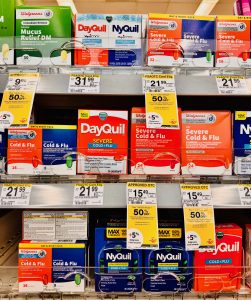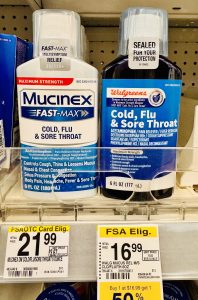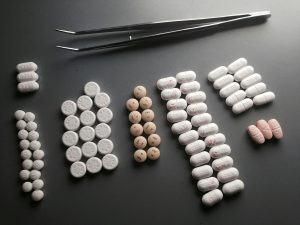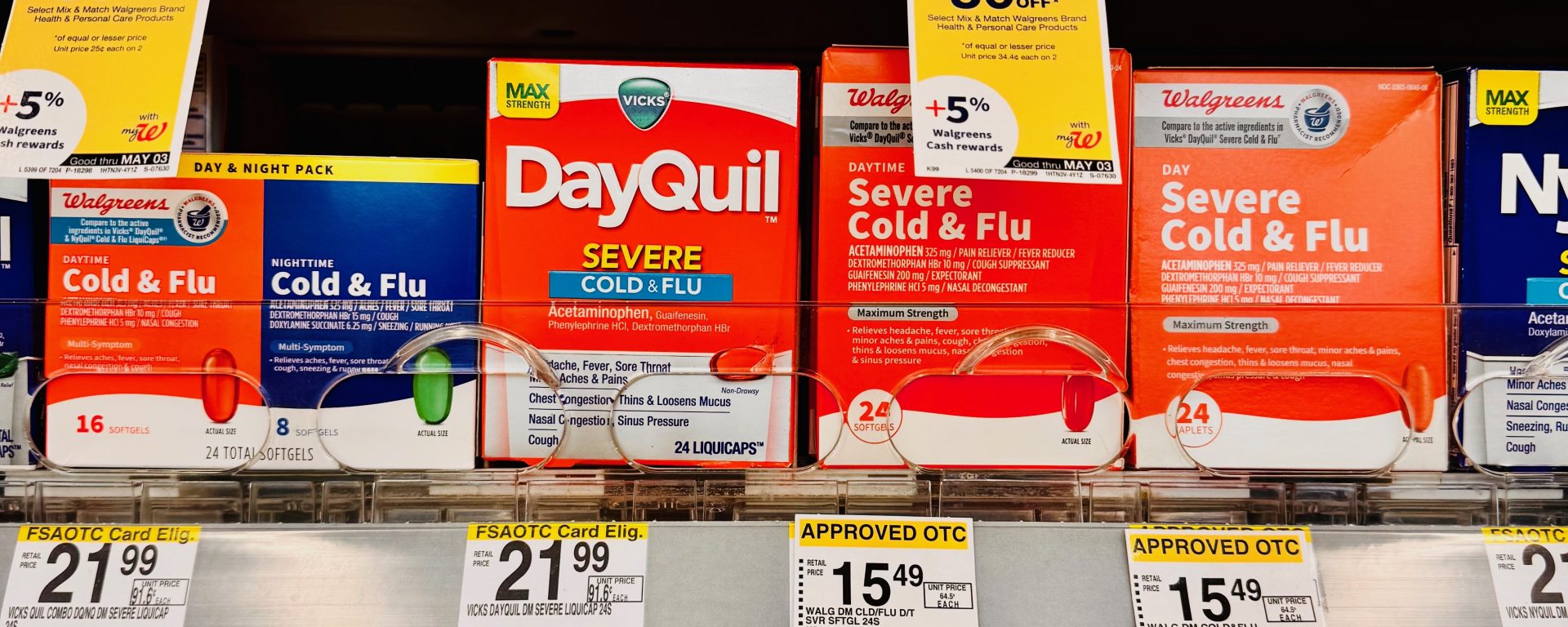Imagine you’re at the pharmacy. You’re picking up medicine you rely on each month. Two boxes catch your eye. One is the brand-name medication you’re used to. The other is a cheaper generic. Both promise the same relief, yet the generic is a fraction of the cost

But then you hesitate. The brand-name drug feels familiar. The generic? It’s cheaper, but is it really the same? You’ve heard people say generics aren’t as effective. That they don’t work as well. You glance around and notice some drugs nearby don’t even have a generic option. Why not?
The answer lies in the complex world of pharmaceutical patents. Drug companies have mastered the art of extending their monopolies, using legal tactics that delay generic competition long after the original patent expires.
Here’s how these tactics keep medicine expensive, why it matters, and how different countries have responded.
Generics 101: More Than Just Cheaper Alternatives
First things first: generic drugs aren’t cheap knockoffs. They’re carefully tested. They’re scientifically proven equivalents of brand-name medicines. And they’re closely monitored by the FDA, which requires manufacturers to report serious side effects and conducts regular inspections to ensure ongoing drug quality.
So how do they prove all that? To gain FDA approval, generics typically establish something called bioequivalence. That means the generic must deliver the same active ingredient, at the same dose, in the same way as the original brand-name drug so that similar quantities appear in your bloodstream. The FDA checks this closely. This ensures generics provide therapeutic effects identical to their brand-name counterparts.
So why do generics cost so much less?
Brand-name drugs are expensive to develop. Research takes years. Scientists study how the disease works. They then test thousands of chemical compounds. The goal is to find one chemical compound that safely and effectively treats the condition. Afterwards, clinical trials stretch over years to prove that the drug is safe and effective. Then comes marketing. Companies pour money into advertising, persuading doctors to prescribe their drug and patients to ask for it.

Generics skip the hard part. They don’t need to discover a new drug or run years of clinical trials to prove safety and effectiveness. The original drug maker already did all that. Generic makers just have to show their version is bioequivalent. Bioequivalence is often proven through lab testing and small-scale studies in healthy volunteers. Not massive, expensive trials.
That’s the key. Bioequivalence tends to be faster, simpler, and cheaper to prove. And once generic makers prove bioequivalence, they can rely on the original brand-name’s clinical data that directly established safety and effectiveness. Reliance on that data in conjunction with bioequivalence helps establish the generic’s safety and effectiveness. No need to redo the expensive studies. That shortcut saves time and millions of dollars.
But here’s the other reason generics are cheaper. Brand-names charge high prices because they can. Patents give brand-name companies rights to exclude all others. No one else can make or sell the same patented drug. That monopoly power lets them set prices far above what it costs to make the drug. And because generics aren’t patented, lots of companies can make them. More competition = lower prices—sometimes up to 80% less. It’s not just that they’re cheaper to produce. It’s that companies can’t charge monopoly prices when others are in the game.
Still, doctors and patients alike question generics. Doctors may favor brand names when they receive legal marketing payments from drug companies, like meals or speaking fees. Studies show that this can influence prescribing.
While doctors may be influenced by industry payments, patients often believe brand name drugs work better. Consumer-focused drug ads contribute to the doubt by suggesting that cheaper means lower quality.
But if generics are safe, effective, and affordable, why don’t we see more of them? That’s where patent strategy comes in. Drug companies have found ways to hold off competition, long after their original patents expire.
Patent Games: The Art of Evergreening
When a pharmaceutical company invents a new drug, it files for a patent application to protect it. Assuming a patent is granted because it meets the requirements, U.S. law gives the company a patent term that ends 20 years from the date of filing. However, the company doesn’t gain exclusive rights until the patent is actually approved.
The clock starts ticking early—long before the drug is approved or sold. That’s because patents are filed at the beginning of development to ensure that they can meet the patentability requirement of being “new.” However, drug approval usually comes later, since companies must first complete additional human studies to get FDA sign-off. By the time the drug reaches the market, usually around 7-12 years of effective patent life remain.

But many companies don’t stop at one patent. They use a tactic called evergreening. By making small changes to the drug, the company can file for new patents in the U.S. It might be a different coating. A slightly altered dosage. Or a new delivery method, like switching from tablets to capsules. These tweaks rarely improve the drug’s effectiveness. But they can still qualify for new patents.
Here’s an important point. These new patents don’t officially extend the original patent. They are entirely separate patents based on slightly altered versions of the original drug. Yet, practically speaking, each new patent can be another roadblock for generics.
And here’s where the strategy really takes hold. In the U.S., evergreening works hand-in-hand with a regulatory system called patent linkage.
Patent linkage ties FDA approval of generics to the full list of patents claimed by the brand-name company. Before the FDA can approve a generic, it must check whether any listed patents are still active. Including those newer, secondary ones added through evergreening. If even one is still in force, the generic is put on hold.
This creates a powerful delay tactic. Brand-name companies keep patenting small changes. Each patent gets added to the FDA’s list. Under patent linkage, generics can’t move forward until all listed patents either expire or are defeated in court.
The result? A system that rewards tweaks over true innovation. Evergreening, paired with patent linkage, allows companies to stretch their exclusivity far beyond the life of the original patent. And in the end, patients pay the price, literally.
A Tale of Two Systems: India and the U.S.
Unlike the U.S., India aggressively fights evergreening. Its Section 3(d) patent law blocks new patents on variations unless a drug modification clearly improves patient outcomes. Minor tweaks aren’t enough. Changing a pill’s coating or slightly adjusting dosage won’t secure a new patent. This strict standard opens the door for affordable generics much sooner, and helps the millions of people globally who depend on India’s generics get treatment for cancer, HIV, diabetes, and more.
The U.S. handles things differently. Companies regularly obtain new patents, even for small changes. As long as the change is considered new, useful, and nonobvious, it can qualify for patent protection. Even if the medical benefit is minimal. Drug companies argue these minor improvements benefit patients. For example, a smoother coating might help patients swallow pills more easily. Critics counter that many of these patents primarily protect profits, not patient health. Generic companies can try to challenge those patents, but doing so means expensive, time-consuming lawsuits. While these battles play out, generics stay off the market. The monopoly holds. Patients keep paying high prices.
Other nations are also rethinking how long drug companies should hold monopolies. In Brazil, the Supreme Court recently struck down a law that allowed automatic patent extensions, which had given brand-name drugs a monopoly far longer than international standards. South Africa is advancing patent law reforms to curb evergreening, while the European Union is reviewing its IP rules to rein in patent abuse and boost access to generics. Rising global drug prices are prompting more governments to question whether current systems truly balance innovation and affordability.
Looking Ahead: Balancing Innovation and Affordability
During my years in healthcare technology, I saw how real innovation can transform patient care. Smart systems. Better treatments. Life-changing breakthroughs. Pharmaceutical companies deserve credit for advancements. But when patents protect profits more than patients, the system fails.
Minor tweaks shouldn’t block generics for years. But in the U.S., evergreening often does—especially when paired with patent linkage. High drug prices don’t just hurt budgets. They force people in need to skip doses, ration medication, or forgo treatmentaltogether.
It encourages me that countries are starting to push back. India set the standard, and now nations are questioning whether evergreening promotes real innovation or just prolongs monopolies. The U.S. is having that conversation too. Lawmakers have introduced bipartisan legislation to limit tactics that delay generic competition, and the FTC is now cracking down on abusive patent listings. Still, change is slow under pharma’s influence.
Innovation deserves protection. But only when it offers real patient benefit. Granting patents for trivial changes undermines trust in the healthcare system and prevents patients from getting affordable medicine. The right balance means rewarding meaningful innovation without sacrificing patient access.

Nicole Celewicz
Associate Blogger
Loyola University Chicago School of Law, J.D. 2026
